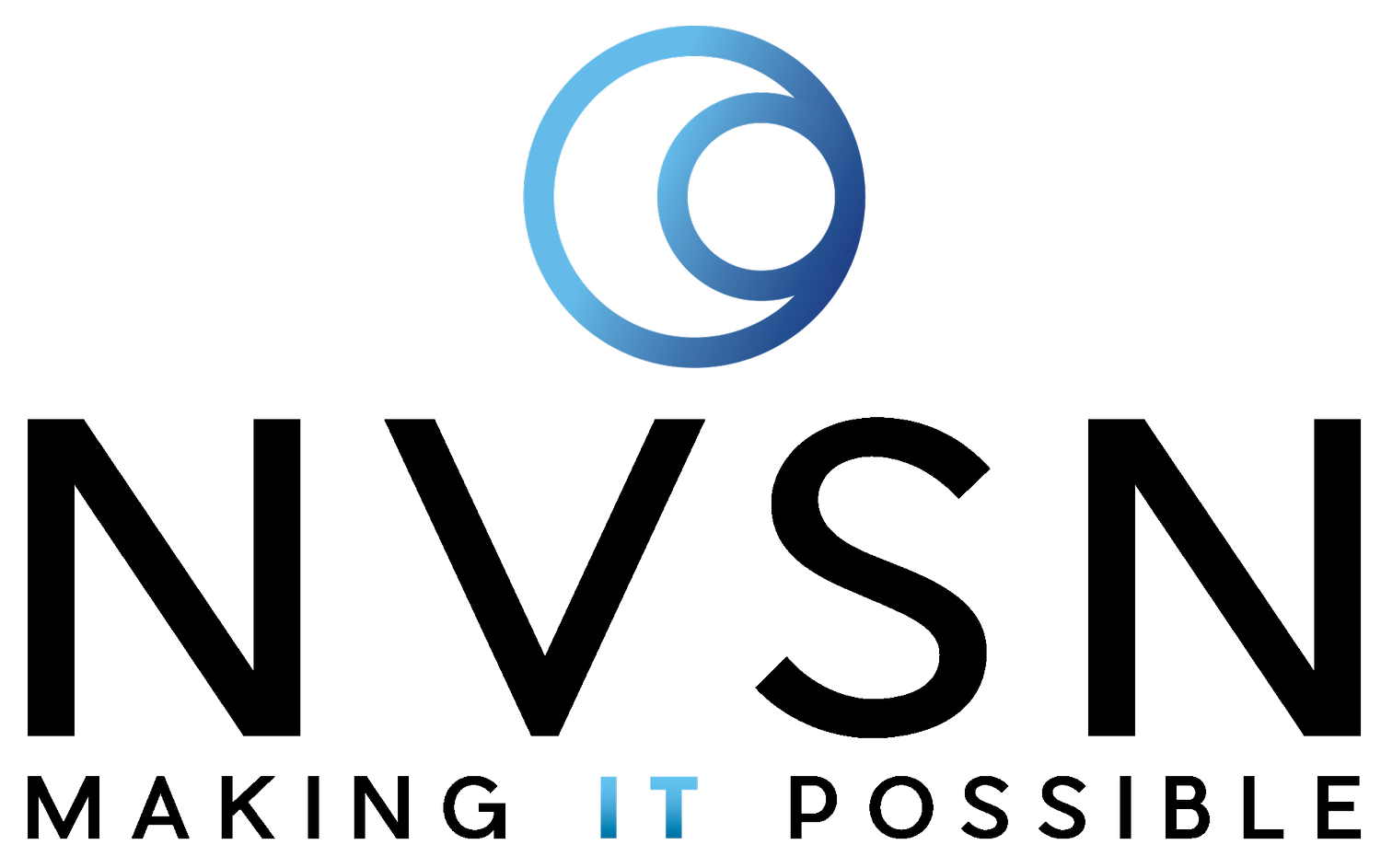What is a Managed Service Provider?
In the IT industry, a Managed Service Provider is a company that offers small to medium businesses the ability to outsource the management of their day-to-day technology and IT needs.
In other words, an MSP is essentially your IT department. If something technology-related breaks, they help fix it. If you need an app devised or want to upgrade hardware and software, or take a look into virtualization, they can often help in these complex areas too. Many of these organizations act as your business partner to help increase the effectiveness of your business operations, and achieve your overall goals.
1. You don’t have a dedicated IT department or staff
A commonality many small businesses have is that employees often wear more than one hat. The problem with this is that those who are not necessarily IT experts, but are perhaps more tech savvy than others, are tapped to look after the company’s IT needs. Businesses can suffer from gaps in knowledge of the latest IT developments. It is also a challenge to balance IT needs while also running a business and remaining productive.
While for some small businesses having a knowledgeable tech person look after the IT on top of their main job works, the chances are high that they aren’t planning for a future in IT and may not be able to carry out complicated upgrades or even ensure that your systems are secure beyond the current environment. This can undoubtedly lead to increased problems in the future, which are likely not going to be fixed.
Instead of hiring a full-time IT staff member, you could look into using an MSP who can offer the same services, but at a fraction of the cost. This allows your employees to focus on their main roles, while also allowing you to rest easy knowing that your IT demands are being adequately taken care of.
2. You have continuous tech problems
At first glance, many of the systems we use on a daily basis are relatively simple. That is, they are simple when they are working. But, when systems breakdown business owners quickly come to realize that the technology utilized in their businesses and the systems that support it are not only complex, but are becomingly increasingly so.
Complexity aside, all technology will eventually break. When it does, you need to factor into your budget resources to make replacements and repairs. If the technology incorporated into your business is constantly experiencing problems there is a good chance this is having a negative impact on profits and productivity.
By partnering with a quality MSP that looks after your technology, you can be assured that a team of experts are running your technology and systems efficiently and that you are able to meet IT demands and scale to meet future needs. Decreased maintenance and replacement costs can help improve your overall productivity and even profits.
3. The people looking after IT are overwhelmed
Any growing business needs technology to be able to scale to meet and support growth. This often overwhelms even the most seasoned IT professionals. Even if your business has a dedicated IT role or team there is a chance that they can become overwhelmed.
When the pressure is on important issues may not be addressed and corners may be cut in order to meet current demands. This can lead to increased costs and problem issues down the road, resulting in an even more overwhelmed Technology department.
The great thing about quality IT partners is that you often don’t have to outsource all of your IT needs to them. If, for example, you have an employee who is a whizz with building computers but does not have the time to oversee the whole of your technology needs, then outsourcing some functions can free up their skills or allow them to work more effectively in their main roles.
4. Your IT budget is unpredictable
The cost of technology is ever changing. Some months you may have to replace a computer while others may see a new server needed or a security issue that needs to be dealt with immediately. Because of this, actually budgeting for technology is incredibly hard, especially for small businesses.
Most IT partners offer their services on a flat-fee, monthly basis. This makes it easy for companies to budget for technology. The upside to this is that while your budget is predictable, overall costs and overheads are often reduced because your systems are kept in better working order and will last longer.
5. You have trouble prioritizing your IT needs
It can sometimes seem like a new system is needed on a near monthly basis. From servers to email systems; computers to mobile devices; your business will almost always require ongoing technology. The problem many businesses face is that they simply are not equipped with the skills and the knowhow to recognize what their IT priorities should be.
Do you update a server, or look for a new email solution first? And in what order do you need to implement updates? It is not always obvious what the answers to these questions are, especially when everything seems urgent. If you outsource the management of your technology, the companies you partner with can take the time to get to know your company’s needs and demands and prioritize. This will make your organization more efficient and better able to reach business goals.
If you are struggling with technology in your business, contact us today to see how as your IT partner, we can work with you to ensure that your technology is working for you.






